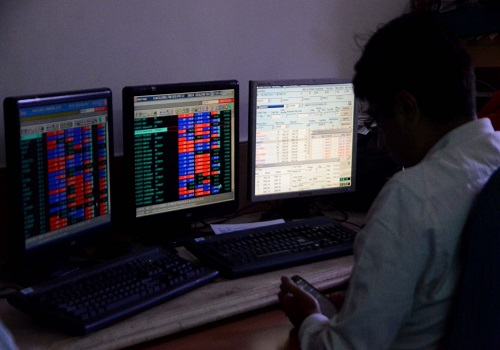Strategy: What is the Street consuming on consumer stocks? by Kotak Institutional Eequities

What is the Street consuming on consumer stocks?
The valuations of most consumer stocks are quite outlandish and the Street’s valuation logic is outdated in the context of the fundamentals (growth) of consumer companies. The Street seems to be onto something, which we are unable to fathom. We would not mind some of the valuation-expanding rationale the Street appears to be consuming to be able to take a more expansive view on valuations of consumer stocks.
Not only the multiples are on a high, it would appear
We believe the Street needs to review its valuation approach and arguments for consumer stocks. The fact that the Street’s fair values for most consumer stocks are ahead of their current market prices (see Exhibit 1) would suggest that the Street is using ‘high’ target multiples to arrive at their fair values. The target multiples seem to be based on historical multiples (average of the past five or 10 years).
Valuation logic outdated
The use of historical multiples to set target multiples for consumer stocks seems completely bereft of logic, since (1) future earnings growth will likely be lower than the historical earnings growth of the companies and (2) it is impossible to justify 40-60X P/E for companies without making outrageous assumptions on growth and cost of equity. Exhibit 2 compares future and historical growth in the earnings of the companies. We note that the rerating in the multiples of consumer stocks took place over FY2011-20, led by sustained earnings growth (see Exhibit 3) and low global cost of equity (see Exhibit 4). Exhibits 5-6 show the theoretical P/E multiples at various levels of growth and the cost of equity for a ‘typical’ consumer company.
Past performance is a good sign of the future
Most consumer stocks have delivered poor returns over the past 3-5 years (see Exhibit 7), despite a disproportionate share of positive ratings (see Exhibit 8). The Street seems to have completely missed the fundamental changes to the business models of the companies and has continued to (1) hope for an earnings recovery to the levels of the 2010s decade, (2) use historical multiples as valuation benchmarks, when the past context is irrelevant for the future and (3) focus inordinately on forecasting quarterly results due to customer demand.
How did we get here?
We ascribe the Street’s inexplicable behavior and practices to (1) the inordinate focus on forecasting quarterly results; the fact that the stocks have not gone anywhere for years does not seem to be bothering anyone, (2) severe cognitive biases (such as anchoring, availability, conformity and endowment) and (3) serious industry issues (overconfidence of companies about their ability to forecast events in an era of climate change and technological disruptions and the misguided belief among analysts and investors about their ability to forecast stock prices and developments based on companies’ guidance).
Above views are of the author and not of the website kindly read disclaimer
























